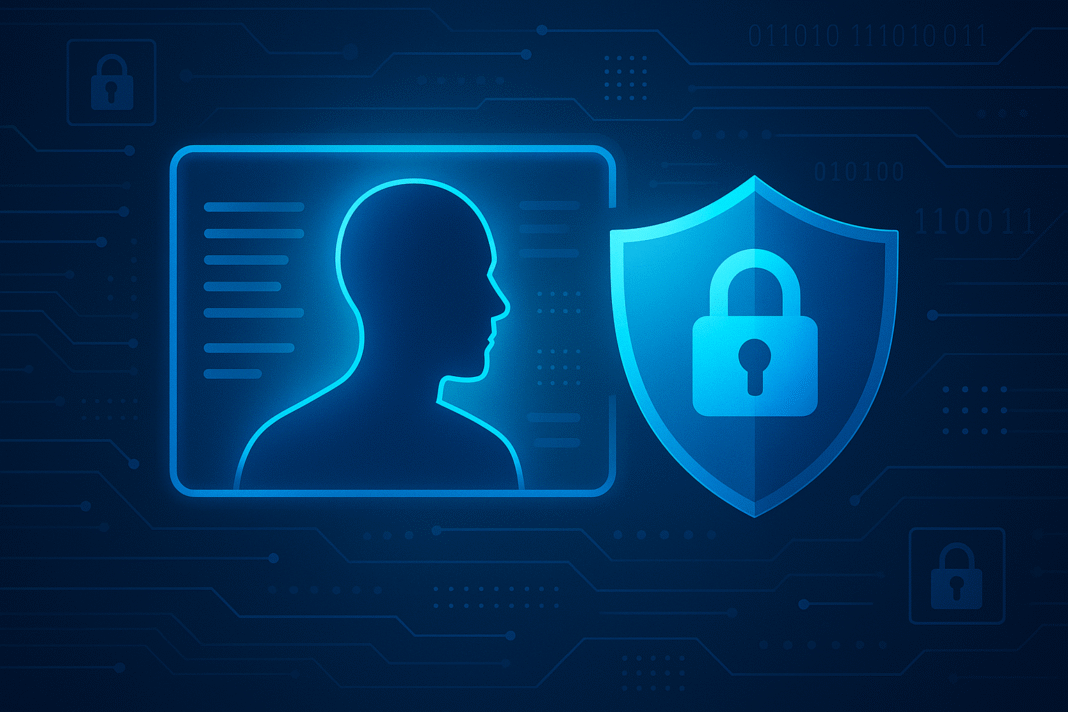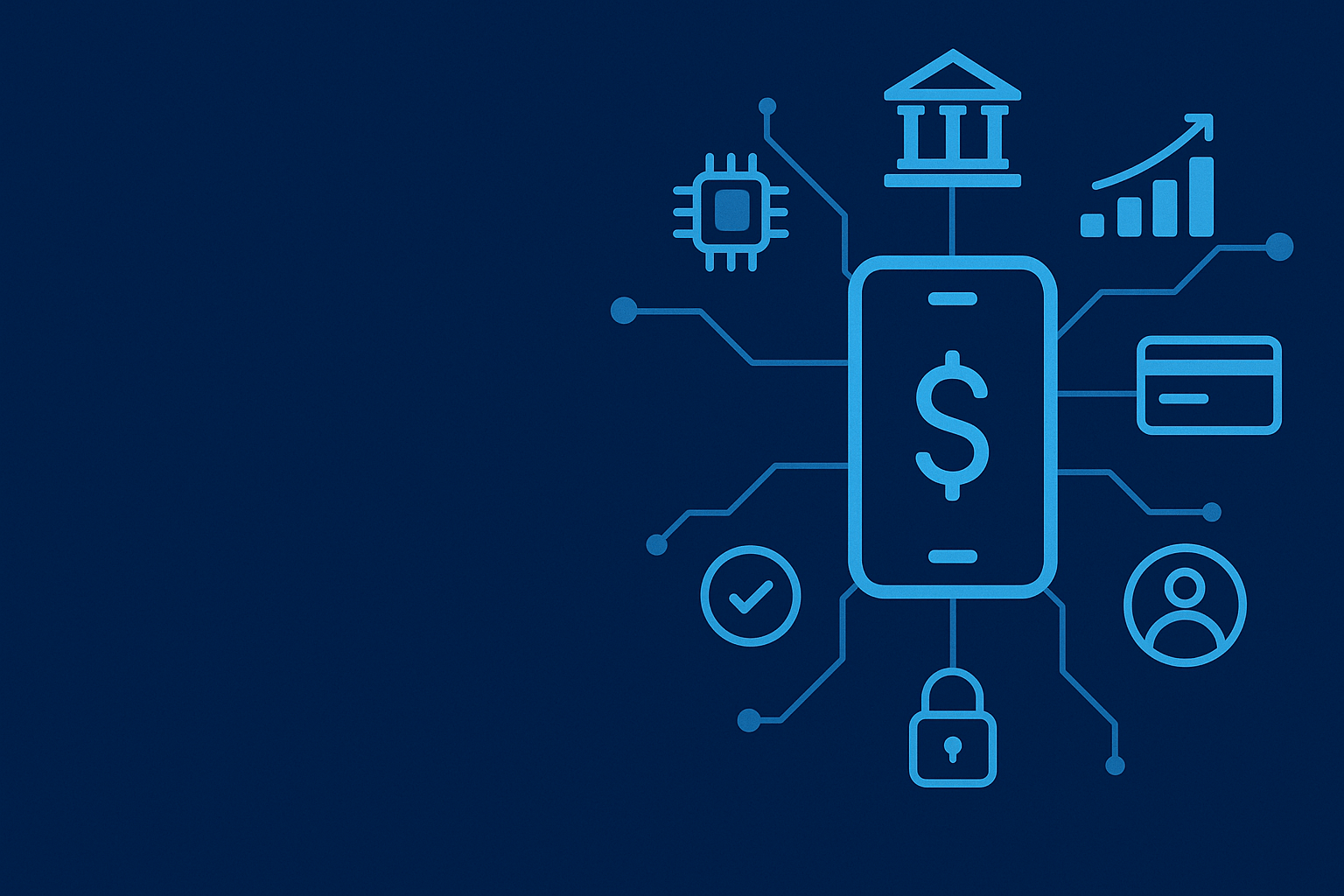In 2025, our digital lives are more intertwined than ever. From banking apps to healthcare portals, social media to remote work platforms, our personal and professional identities now live in the cloud. But as convenience rises, so does vulnerability. The world is witnessing what experts are calling a “Digital Identity Crisis” — a new era where online identities are the prime targets for hackers, AI impersonators, and data brokers.
The Evolving Threat Landscape
Traditional cybersecurity used to focus on firewalls, antivirus software, and password protection. Today, those tools are no longer enough. Cybercriminals have evolved — using artificial intelligence, deepfake technology, and large-scale phishing operations to exploit personal information.
In 2025, identity theft has become the fastest-growing cybercrime in the U.S., costing victims an estimated $27 billion annually. Attackers no longer need to hack databases — they can simply create synthetic identities by combining fragments of real data from multiple sources. A face from one user, an address from another, and an AI-generated voice can now pass verification checks on many digital platforms.
The rise of deepfake technology adds another layer of complexity. Scammers are now cloning voices and faces to bypass biometric verification systems. From fake video calls to fraudulent financial transactions, these digital impersonations are blurring the lines between reality and deception.
Why Traditional Security Isn’t Enough
For decades, password-based security has been the standard for protecting digital identities. But in today’s landscape, passwords are the weakest link. Studies show that over 65% of people reuse passwords across multiple accounts — a habit that leaves millions vulnerable to credential-stuffing attacks.
Even multi-factor authentication (MFA), once hailed as a strong defense, is being challenged. In 2025, MFA fatigue attacks — where users are bombarded with repeated login approval requests — are becoming common. Hackers exploit human behavior rather than technology, tricking users into granting access simply to stop the notifications.
The problem isn’t just individual carelessness; it’s the sheer complexity of managing dozens of digital profiles. As our identities spread across banking systems, e-commerce sites, and government platforms, the attack surface widens exponentially.
The Role of Artificial Intelligence
Ironically, while AI contributes to the problem, it’s also part of the solution. Cybersecurity companies are now deploying AI-driven identity protection systems capable of detecting anomalies in real-time. These systems analyze behavior patterns — how you type, swipe, or move your mouse — to verify that you are truly you.
AI is also being used for continuous authentication, where users are validated throughout their online session, not just at login. This means even if a hacker gains access, suspicious behavior triggers automatic lockdowns or alerts.
However, AI-based defense raises ethical and privacy concerns. Constant surveillance of digital behavior can border on invasive. As companies strive to secure identities, they must walk a fine line between protection and overreach.
Decentralized Identity: A Glimpse of the Future
One of the most promising solutions emerging in 2025 is Decentralized Identity (DID) — a system where users control their own digital credentials through blockchain technology. Instead of relying on centralized databases that can be hacked, DID allows individuals to store identity data in encrypted digital wallets.
For example, imagine proving your age or citizenship online without revealing your full ID number or personal details. You could simply share a verified “yes/no” credential issued by a trusted authority, eliminating unnecessary data exposure.
Major tech players like Microsoft and IBM are investing heavily in DID frameworks. Governments, too, are exploring the idea for national digital IDs, with the European Union and Singapore already rolling out pilot programs.
Corporate Responsibility and Regulation
As identity-based attacks grow, corporate accountability has come under scrutiny. Companies are being urged to adopt zero-trust architectures, where no user or device is automatically trusted — even if it’s within the organization’s network.
Regulators are also stepping up. The U.S. Federal Trade Commission (FTC) and European GDPR authorities have introduced stricter penalties for mishandling personal data. New laws now require companies to implement “privacy by design” — meaning data protection must be built into every product from the start, not added later as an afterthought.
Still, enforcement remains a challenge. While regulations can shape policies, real change depends on technological adaptation and user awareness.
What Individuals Can Do
While technology and policy evolve, individuals remain the first line of defense. In 2025, securing your digital identity means more than just having a strong password. Experts recommend the following best practices:
-
Use password managers to create and store unique credentials.
-
Enable MFA, preferably using hardware security keys rather than SMS.
-
Regularly monitor digital footprints — use tools that alert you when your data appears in breaches.
-
Be skeptical of voice or video calls requesting sensitive information, even if they appear familiar.
-
Adopt privacy-first browsers and VPNs to reduce data tracking across platforms.
The Bottom Line
The Digital Identity Crisis is not just a cybersecurity issue — it’s a societal challenge. As technology blurs the boundaries between the digital and physical worlds, identity becomes our most valuable asset. In 2025, protecting it requires more than firewalls and passwords; it demands a complete shift in how we think about trust, privacy, and control in the digital era.
The future of online security lies in empowered identities — where individuals own their data, systems are transparent, and technology serves as a guardian rather than a gatekeeper. Until then, staying alert, informed, and proactive remains the best defense against the ever-evolving threats of the digital world.








